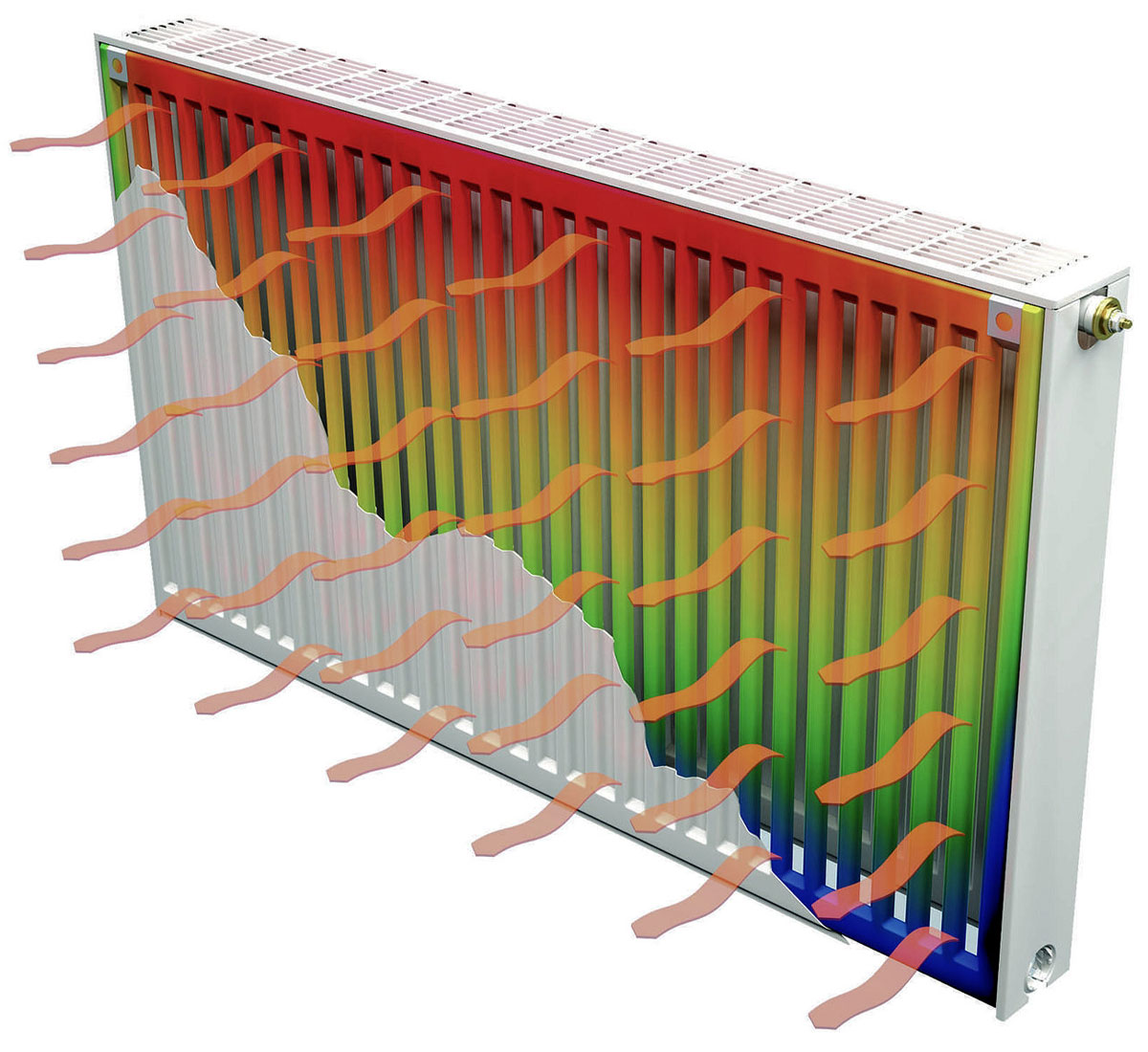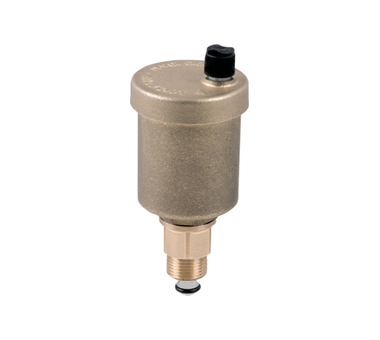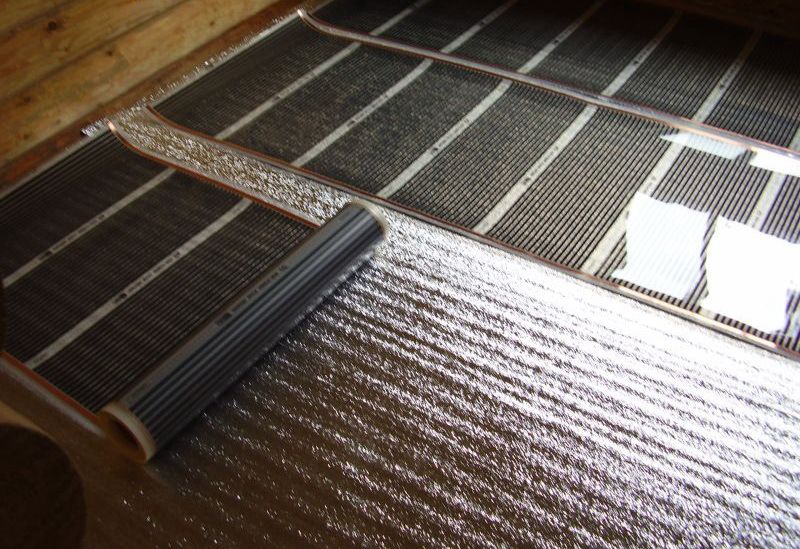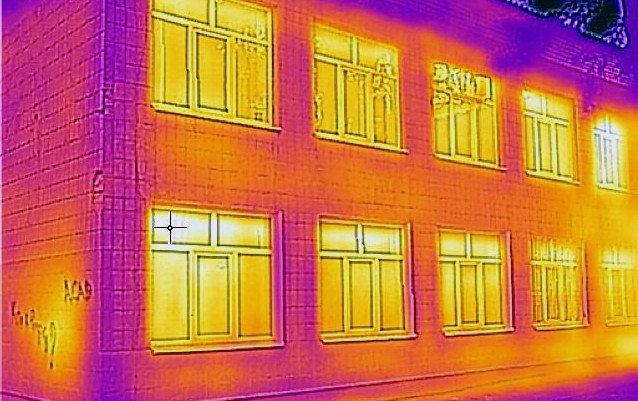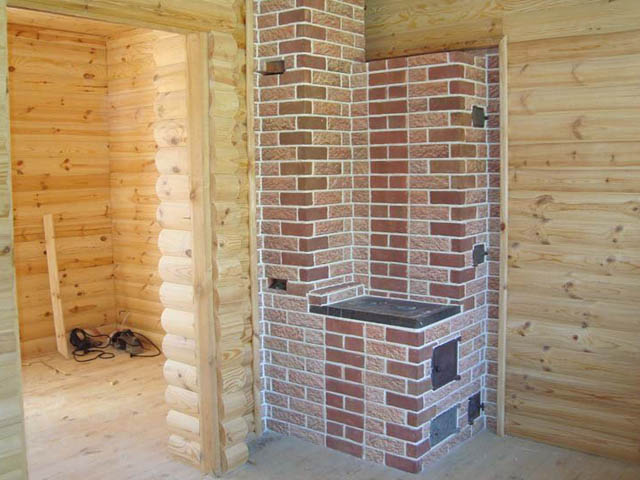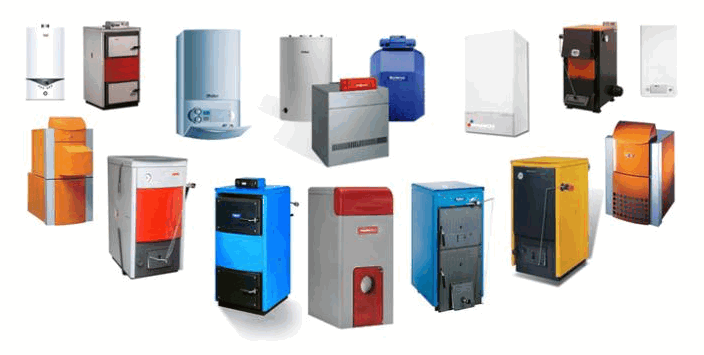Various stoves are often used as backup heating. This is due to the independence of this type of heaters from the mains or gas mains. Equipping a house with a brick or stone furnace has its own difficulties, primarily due to the complexity of the project. An alternative would be a cast iron stove. The models of these devices are always on sale. It remains for the homeowner to purchase and install such a unit.
Varieties of heating devices

All cast iron stoves have a body made entirely of this metal. The shape is often represented by a parallelepiped or cube, which is mounted on legs. On the facade there is a firebox door and an ash pan below it. The appearance of such a product, as a rule, already has a beautiful design in terms of design. Functionally, products can be divided into three main categories:
- apparatus designed for heating only;
- hearths designed for heating and cooking operations;
- fireplaces.
When buying equipment, it is imperative to require a passport for it, so that, under the guise of a cast-iron structure, you do not get ordinary steel, skillfully decorated by an unscrupulous manufacturer.
Cast iron is a brittle metal and can burst on impact, therefore, the product should be transported carefully.
Heating furnace
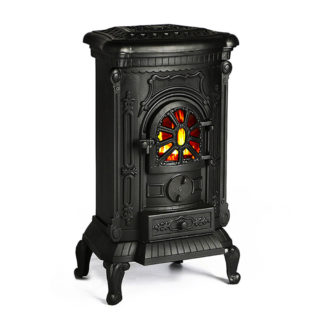
From the point of view of the device, the unit made of cast iron, created for heating a house, has a stove-stove design. There are only two internal chambers here - one for the furnace, the other for collecting ash. They are separated from each other by grate bars; in the upper part of the firebox, on the side or on the lid, there is a chimney opening with a built-in channel damper.
A cast iron stove works according to a simple principle. Firewood is put into the chamber and set on fire. By adjusting the smoke damper at the top and the width of the holes in the blower, a stable draft of the hearth is achieved. After the device has completely warmed up, the dampers can be closed so that the heat does not leave the chamber into the pipe, but heats the walls of the case and the room inside. Despite the possibility of adjusting the draft and reducing emissions of hot air to the outside, such devices have a very low efficiency, sometimes not exceeding 40%. It is difficult to fully heat even a small house with such a stove.
To increase the efficiency, furnaces that are more complex in a constructive sense have been developed, where a system of strokes and the principle of long-term combustion are used. Such heaters can achieve an efficiency of 60%, which already allows them to be used as full-fledged heat generators.
Heating and cooking devices
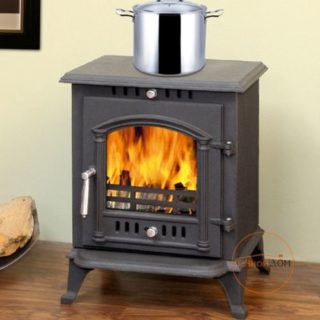
Cooking fireplaces can be attributed to more functional devices, they allow you to heat the area and make it possible to reheat or cook food. Structurally, they are very similar to potbelly stoves with the only difference that the top plate is equipped with hob circles. The interior arrangement of simple models combines the firebox and the hob - the fire is in direct contact with it, which leads to rapid wear of the latter with intensive use.More sophisticated stoves are complemented by a steel partition plate between the firewood compartment and the stove. In addition to the listed functions, some manufacturers add an oven compartment to the product.
Advantages of a cast-iron cooking-type hearth:
- good functionality and at the same time an attractive appearance of the product;
- the design of the retractable ash collection compartment allows you to clean the heater while the stove is in operation;
- long burning models give 70% efficiency.
The most significant drawback of all cooking-type devices is that it is impossible to accurately adjust the temperature of the frypot and oven. We need constant control over the preparation of food. The heat transfer power here is regulated only by the volume of burning wood and by muffling or opening the dampers.
Pig-iron wood-burning fireplaces for home
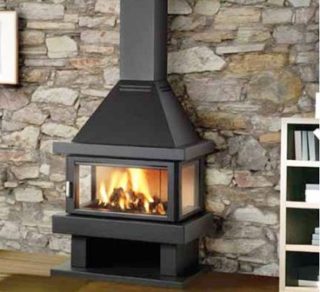
The main purpose of this type of equipment is to heat the air in the room and decorative addition to the interior of the room. The furnace chamber has a glass door made of solid heat-resistant material or framed in a beautiful frame. The product is suitable for installation in living rooms or reception rooms where people are constantly staying. The body is completely made of cast iron, including the legs. The outer surface can be coated with black heat-resistant matt paint or colored enamel. There is usually a niche at the bottom of the structure for storing logs, where they can dry out before going to incineration.
For fireplaces, the chimney opening is located at the top of the unit. This allows the pipe from the metal to be brought directly into the ceiling. This solution contributes to an increase in the efficiency of the entire system due to the fact that the entire surface of the chimney will work, giving off heat to the room.
Cast iron fireplaces are not energy efficient devices, the emphasis here is more on aesthetically pleasing appearance.
How to choose a cast iron firebox
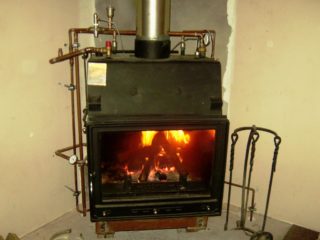
The algorithm for choosing the required cast iron apparatus is quite simple and relies on the following points:
- the area of the building that needs to be heated;
- type of heating - the hearth will act as the only source of heat or be used as an addition;
- overall dimensions - this issue is important if the space (furnace) is limited in area;
- functional purpose of the heater.
Convection-type heaters, which include cast-iron equipment, are calculated based on heat transfer in relation to the volume, not the area of the room. These data must be indicated in the product passport.
If you need to heat suburban housing in an unguarded area, it is more advisable to buy a small collapsible cast-iron stove for a summer residence, which can be installed during your stay in the house and taken with you during your absence.
For a large building with two or three rooms, equipment with a built-in heat exchanger is suitable. It can be connected to the radiator system wiring and thus obtain a complete thermal circuit. When implementing such a project, it is important to establish a safety group for boiler rooms.
Cast iron firebox installation
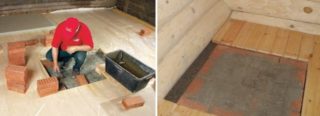
Heating equipment is a ready-to-install product. Usually it is a prefabricated unit consisting of separate elements, therefore, it requires the articulation of these parts. Despite the relatively low weight of the heater, it is not possible to simply install it on the floor if it is not a solid concrete base. In all other cases, training is necessary. The same applies to the pipe - it must protrude above the level of the roof, and its passage through the building structure must be fireproof.
Instrument preparation
To install the heat generator in the desired location, the following tools are required:
- Measuring tape. With its help, they are determined with the distance of the product to nearby walls or reference points.
- Horizontal level. The product must be perfectly aligned.
- Jack.May be needed to level a heavy structure by raising one of the corners and placing a pad under the supporting leg.
- Set of wrenches. They are required if the heater consists of different bolted parts.
All of these tools are unnecessary when a professional team is hired for editing. You cannot do without the help of workers if the weight of the product is not comparable to the strength of one person.
Place of installation
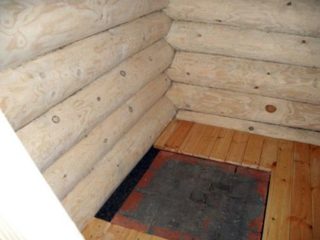
There are no serious restrictions for the installation of heating equipment in one place or another, it is important that the floor is strong and not squeezed, the nearby walls are non-combustible or protected from heat, the place is convenient.
The operation of any solid fuel boiler or hearth is accompanied by the accumulation of dust, therefore it is more advisable to install the unit not too far from the entrance area so as not to drag debris throughout the room.
If the stove does not present any particular decorative appeal and can be connected to a diluted water heating, it is better to put the firebox in the boiler room.
Foundation preparation
It is better to make a concrete base for the heavy weight of the heat generator. For a new building, you should immediately lay it down. This requires:
- Remove the soil layer to a depth of 25 cm - dig a small pit with linear dimensions that exceed the dimensions of the convector itself by a couple of tens of centimeters in length and width.
- In each corner of the pit, go deep to 80 cm with pits 25x25 cm in size.
- Insert 4 reinforcement bars into the resulting holes, driving them into the ground. In the upper part, they should not go beyond the pit.
- Fill the pits and foundation pit with concrete half the height.
- Place the reinforcing mesh on the cement mortar and top up the foundation to the end.
If it is not possible to equip the base in this way, but there is a rather hard floor, it is enough to put a sheet of metal 3-4 mm thick on top of it, which must be fixed with self-tapping screws. Steel will additionally strengthen the floor and serve as protection against the fallout of burning coals.
Installation procedure
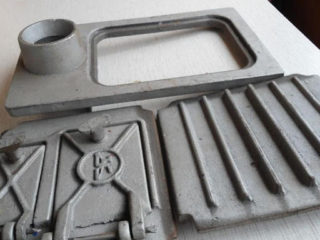
To install the stove, follow these steps:
- Spare parts are taken out of the packaging and checked against the passport with the presence of everything necessary.
- They study the diagram, where which part should be screwed, find these elements.
- Twist the two side walls from the back using a bolted connection, fixing them to the bottom base.
- The support legs are screwed on, the ash pan panel and the grate group are fixed.
- Put the partially assembled product in a permanent place.
- Install the front door with glass on the awnings and cover everything from above with a lid with a hole to remove smoke.
- Insert the ash pan into the seat.
It is necessary to carefully tighten all the screws so that the refractory gaskets fit snugly at the joint. If gaps are visible in the light, it is advisable to seal them with a refractory sealant.
Installation problems
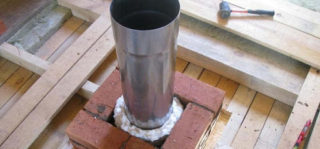
The assembly and installation of a cast iron fireplace stove does not always go smoothly. This is facilitated by the following factors:
- The location was poorly chosen. We are talking about the impossibility of normally bringing the pipe vertically upwards at the point where the firebox is located (laying of communications, load-bearing elements, steel structures).
- The chimney diameter does not match the seat.
- In the immediate vicinity there are flammable elements that cannot be retreated from.
- Individual parts of the firebox do not fit well due to casting defects.
Problems can be avoided with clear planning, taking all measurements and analyzing the building structure. When buying a product, you must carefully inspect it for quality.
Safe operation
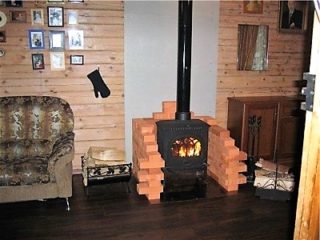
The walls of the hearth get very hot during operation, so touching them with open parts of the body can lead to burns.For this reason, it is forbidden to leave fireplaces unattended in the presence of small children.
The distance to flammable materials from the unit must be sufficient to prevent overheating of these materials and fire. In a room where this type of heating is used, there must be a fire extinguisher in the public domain.
Long, trouble-free and efficient operation of the cast-iron convector can be counted on if the chimney is properly arranged, the pipe and ash pan are regularly cleaned, and the unit is not overheated.

